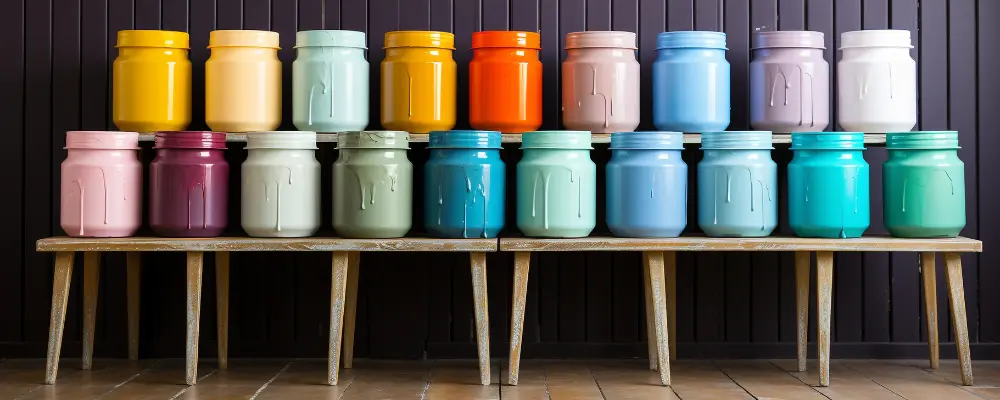A clean and fault-free surface is really important to make the walls of the room look classy after paint. Water seepage would not only spoil the newly painted surface but would also cost you to re-paint the surface. Faulty plaster would make the paint to peel off and further degrade the overall look. So, it is necessary to make repairs in seepage and plaster before painting.
Removing older paint
Re-painting the walls with existing paint would make an odd shade appear below the new colour, which spoils aesthetics. So the existing paint should be properly scrapped off before further application of the new paint.
Application of putty
Applying putty before paint fills the cracks in the wall and prepares a seamless surface to improve the quality of the painting.
Primer coating
Use of a primer coating makes the paint stick to the wall and improves the durability of the paint. Moreover, it also brings about the original color of the paint which will be applied later.
Cost-effective emulsion paint
Distemper paints are usually very cheap and widely used. But, they do not give a rich appearance. Instead of distemper, emulsion paints can be used. These paints are highly economical and durable. They are washable and most stains can be removed easily by wiping with a wet cloth. The paint film is also fungus and mildew-resistant. Emulsion paints give an attractive and fine finish to the walls.
Use of oil paint
Oil-based paints can also be used in place of distemper paint. They give a rich and glossy finished look and are extremely durable.
Long lasting Eggshell finish instead of a flat finish
Flat-finished work is best for damaged and faulty walls with bumps and unfinished surfaces. But, these are matt and do not have a reflective quality. In opposition to that, the eggshell finish gives a better lustrous look on a low budget. High gloss finishes are possible only with good quality expensive paints. So, eggshell finishes are preferred these days to provide an elegant and smooth sheen. In addition to that, these finishes are long-lasting and need not be painted frequently.
The effective number of coats
After primer, most of the paints need about 2-3 coats to give the perfect finish. The wastage of paint can be avoided if the wall is painted well and gives a proper look in just 2 coats.

